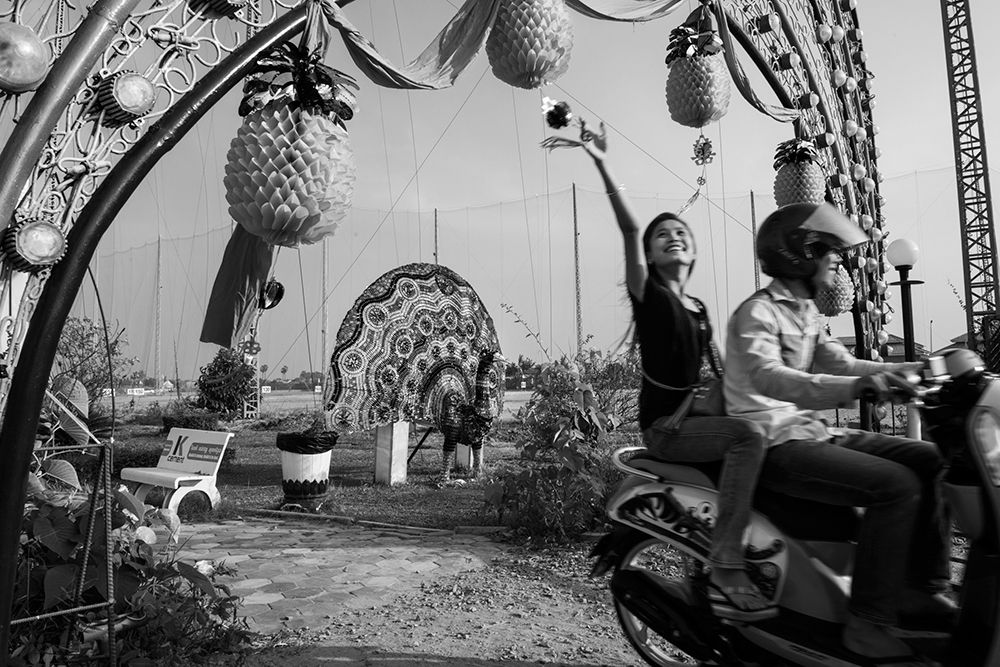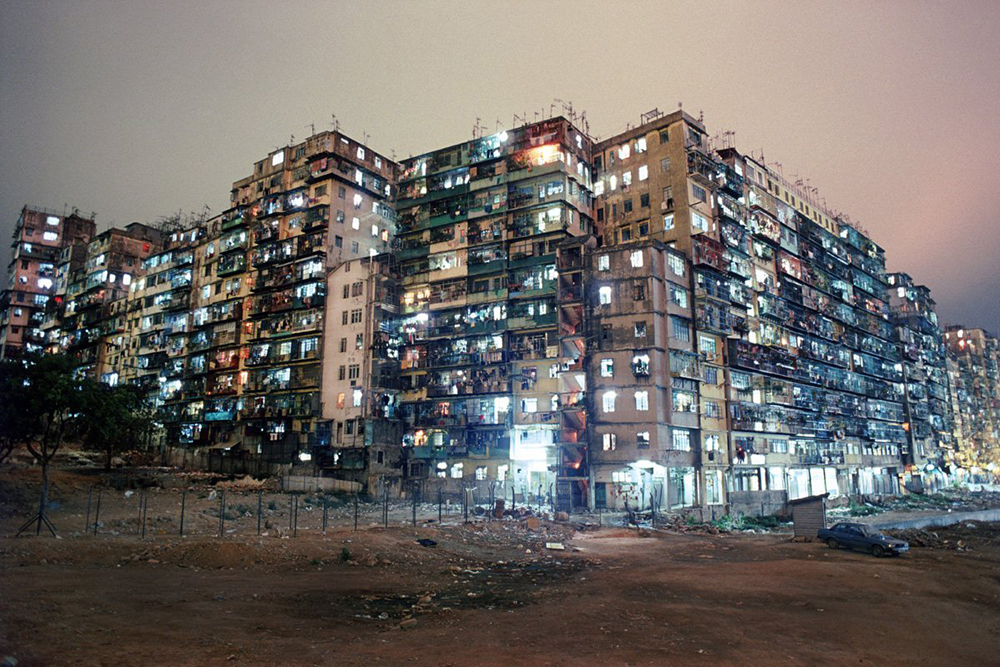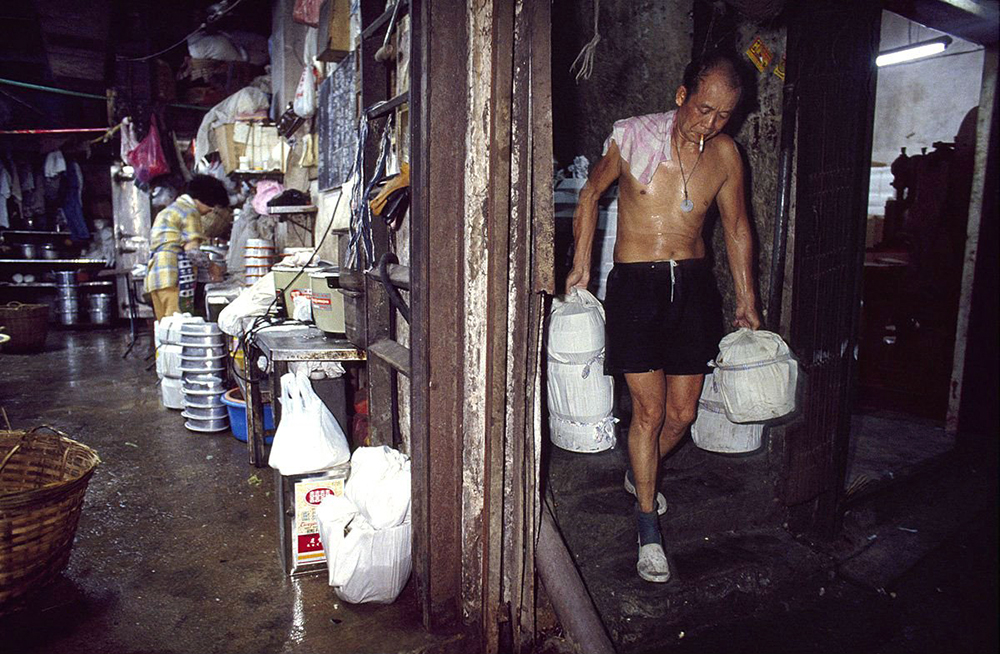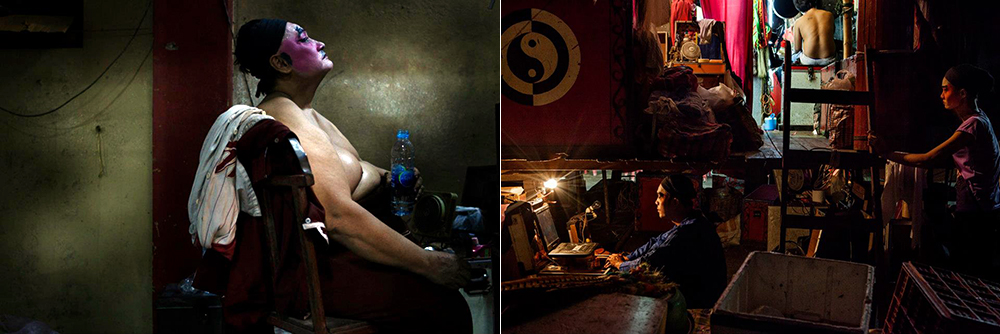
Yvan Cohen has been photographing in the Chinatown district of Bangkok for some 6 years now – visiting once or twice a week, mostly at night.
The project doesn’t have a clearly defined starting point because he didn’t plan to document Chinatown; there was no initial goal and no assignment. He was simply drawn to an area that he found visually inspiring because it felt genuine, it felt evocative and it felt connected to the past.
For anyone who knows Bangkok – or at least has an image of the city in their mind’s eye – they will know from his pictures that the districts he has been photographing represent a neglected facet of this metropolis. The typical caricature of Bangkok is a city of exotic temples, gleaming skysrapers, steamy bars, saffron-clad monks and eternally smiling inhabitants.

Yet while much of Bangkok’s appeal is derived from these images of oriental exoticism, the reality is that many local communities and numerous historic buildings have already been devoured by rapid and unplanned development. The Bangkok of the postcard and the travel brochure is fast disappearing.
It is precisely Chinatown’s connection to the past, its anti-modern identity and its sense of culture, ancestry and tradition which draws him to it. Chinatown and a few other districts remain islands of authenticity where you can still catch glimpses of what life would have been like in this city decades, or perhaps even a century, ago.
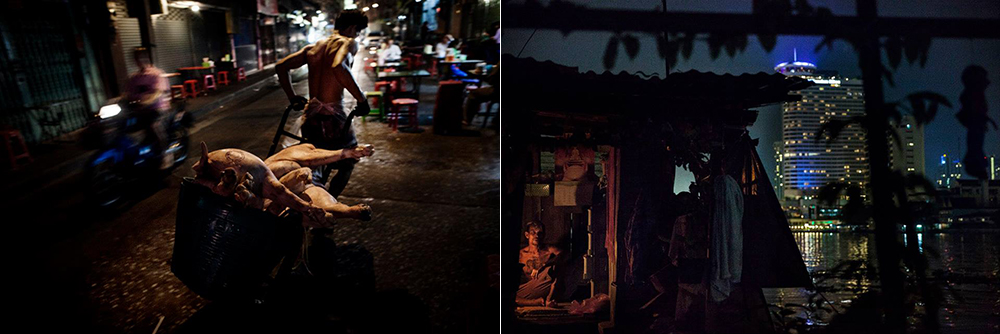
The pictures don’t carry a message per se, they don’t document a burning issue but they are a testament to an aspect of this city’s identity which is increasingly threatened. One day, perhaps not too far in the future, these pictures will serve as a visual bridge to the past and as a poignant reminder of a history and of an identity that risks being completely erased.
See more of Yvan Cohen`s photos about Chinatown at:
https://www.facebook.com/yvancohen/media_set?set=a.10150311334797854.321259.635342853&type=3
Also see:
A video portrait by Bangkok based multimedia journalist Bradley Cox of photographer Yvan Cohen in Bangkok’s Chinatown district from his occasional series „Long Story Short“.
Long Story Short – A Photographer in Chinatown from Bradley Cox on Vimeo.
Yvan is a founding member of LightRocket, a cutting edge online service for photographers, including secure backup, customizable websites and direct sales. After honing his passion for photography in Europe, Yvan arrived in Asia in 1991 where he has been living and working as a photojournalist ever since. Yvan’s assignments have ranged from shooting fashion in Bangkok to covering major political and social stories across much of Asia.
Fluent in English, French and Thai, he has worked regularly for a range of international publications including, Time, The Far Eastern Economic Review, The Australian, the New York Times and L’Express. Yvan was also a former photographic correspondent for AsiaWeek Magazine.


